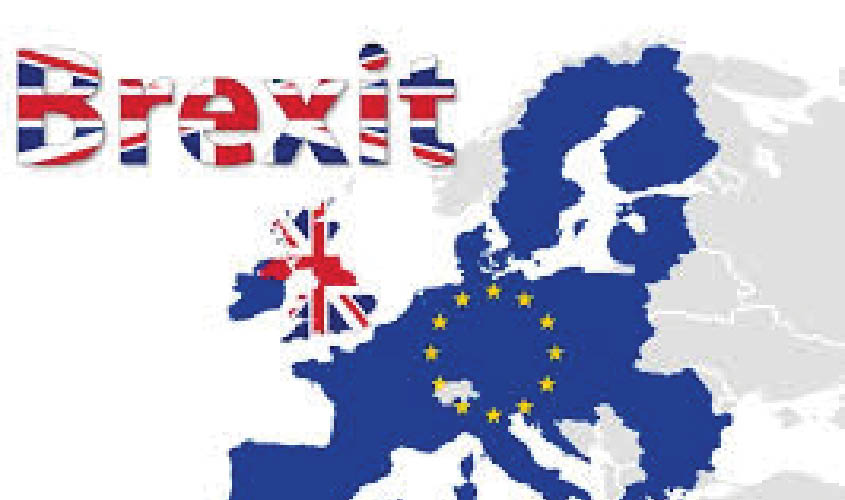The Bank of England trimmed its economic growth forecast for 2019 and 2020 on Thursday, and said British economic data had become “volatile” as the deadline for leaving the European Union approached.
Still, the bank decided to keep its benchmark interest rate at 0.75%. The British pound, which had slid just before the midday announcement, ticked up slightly in afternoon trading. In a statement, the central bank said that “intensifying Brexit-related uncertainties on business investment and weaker global growth” were hurting the British economy.
“The level of uncertainty that is affecting businesses has continued to increase,” Mark Carney, the bank’s governor, said later in a news conference, “and it is also clear that there has been a substantial shortfall in investment as a consequence of that.”
The increasing likelihood that Britain will leave the EU on 31 October without a plan a no-deal Brexit has caused distress in business circles. Twice Thursday, the pound fell briefly below $1.21, a level not seen in 2 1/2 years.
The bank said the uncertainty over Brexit had made economic predictions difficult.
“Increased uncertainty about the nature of EU withdrawal means that the economy could follow a wide range of paths over coming years,” the statement said.
Nonetheless, the bank is edging toward a more negative outlook not just because of the potentially corrosive effects of Brexit but because of weakening global economic activity. The bank cut its forecast for economic growth for 2019 and 2020 to just 1.3%, down from 1.5% and 1.6% in a report in May.
The bank did not rule out an increase in interest rates “at a gradual pace and limited extent” if Brexit wound up being smooth and the global economy recovered.
Some analysts said Carney and his rate-setting colleagues had based their predictions on relatively rosy scenarios. The British government’s official policy is to leave the European Union with an agreement, and the Bank of England must base its economic forecasts on current policy. Yet the chances of a no-deal Brexit have risen since Boris Johnson became prime minister last week.
“Pretty much everyone” but Bank of England policymakers “is assuming that the risks of everything but a smooth Brexit have gone up and, secondly, that the impact of such an outcome is quite negative,” said Peter Schaffrik, global macro strategist at RBC Capital Markets, an investment bank, in London.
In his comments to journalists, Carney did little to hide his concerns about Britain’s leaving without a deal.
But he also painted a portrait of a country that was in good shape for whatever battering might be in the offing, with employment at a 44-year low and households being prudent about taking on debt. He termed the British economy “one of the most flexible” in the world.
Johnson is traveling across Britain to have discussions with political leaders and is making clear that a no-deal exit from the EU is very much on the table.
Carney said that how the bank would react if Britain quit the EU without a deal, and how much it could do to bolster economic growth in that event, was difficult to predict because that type of exit would set off shock waves. In the short term, a plummeting pound is likely to fuel inflation because Britain imports more than it exports, and those imports would cost more. But he said the backwash from no deal might cut into economic activity through disruption to trade and other activity.
What direction interest rate policy took would “not be automatic and could be in either direction,” the bank said. Its overall goal in setting interest rates is to keep inflation at 2%.
A report on manufacturing released by IHS Markit on Thursday highlighted the economy’s vulnerability. Analysts at the research firm said production and new orders had shrunk in July as “manufacturers faced the ongoing headwinds of political uncertainty, a global economic slowdown” and the winding down of inventories built up for the original Brexit date in March.
© 2019 The New York Times

